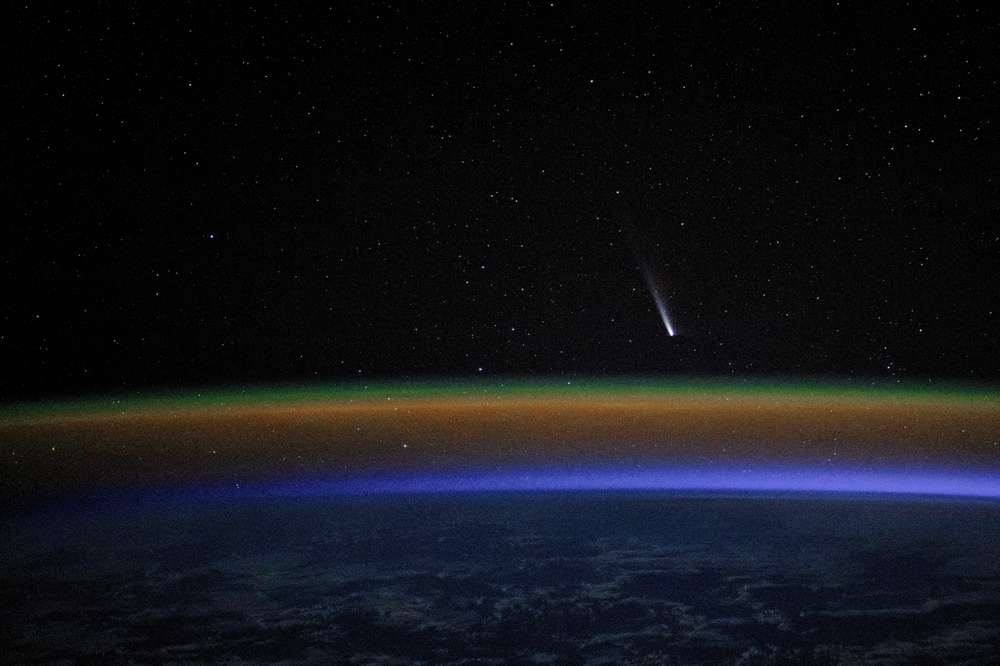It is as bright as Venus.
Others are reading now
The night sky has always fascinated humanity, serving as a canvas for celestial wonders like stars, planets, and the occasional comet.
For hobby astronomers, the opportunity to spot a rare comet is a thrilling event.
This year, Comet C/2024 G3 (ATLAS) offers a spectacular chance to observe a once-in-a-lifetime phenomenon as it streaks across the heavens.
Also read
As Bright as Venus
Discovered in April 2024 by the ATLAS (Asteroid Terrestrial-impact Last Alert System), this comet is captivating astronomers worldwide.
It reached its closest point to the Sun, known as perihelion, on January 13, 2025, and is now visible from Earth.
With its brightness comparable to Venus, it’s one of the most striking comets to grace our skies in the past two decades, according to WP.
The best viewing conditions are for those in the Southern Hemisphere, including countries like Australia and New Zealand.
Residents there can spot the comet in the early evening or pre-dawn hours when it is closest to the horizon.
Observers in the Northern Hemisphere, including the U.S., Canada, and Great Britain, face greater challenges due to the comet’s proximity to the Sun and its lower position in the sky.
Three Tips for Watching a Comet
-
Find the Right Time: The comet is visible shortly after sunset or before sunrise. Use a star-tracking app or consult an astronomy guide to determine the exact timing based on your location.
-
Choose a Clear Location: In Australia or New Zealand, head to areas with minimal light pollution and an unobstructed view of the horizon. Beaches, open fields, or rural spots are ideal for a good view.
-
Bring the Right Equipment: While the comet may be visible to the naked eye in perfect conditions, binoculars or a small telescope significantly enhance your experience. These tools can bring out the comet’s details, including its glowing coma and tail.
Comets are unpredictable, and their brightness can shift unexpectedly. Observers are encouraged to seize the moment to catch a glimpse of C/2024 G3 (ATLAS) before it disappears, possibly forever.
For those unable to witness it firsthand, astronomers and enthusiasts worldwide are capturing stunning images and videos, ensuring its memory endures.


